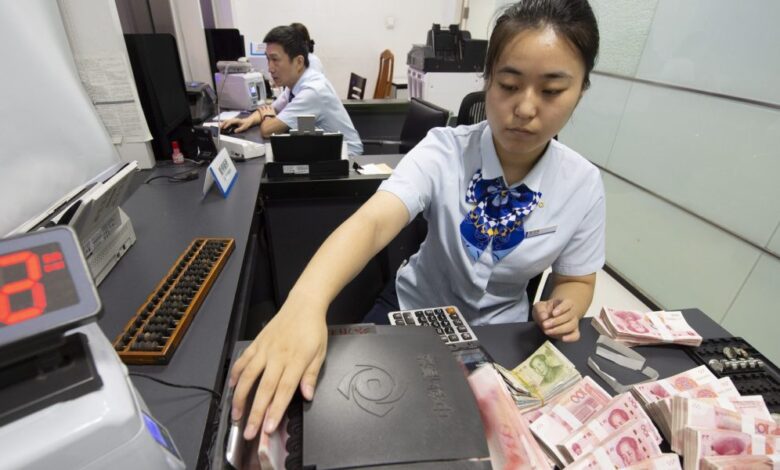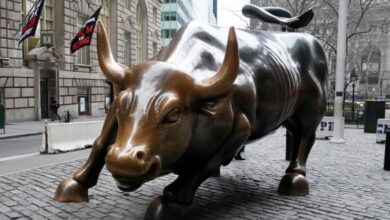Yen Carry Collapses, Now Prepare for Yuan Carry


Yen carry trades are very popular crashed and burned this month as the Japanese currency appreciated. A lesser-known version of the strategy is more immune to such shocks.
Transactions involving borrowing yuan to buy higher-yielding assets will become more sustainable as China’s central bank maintains a dovish monetary policy. Royal Bank of Canada said. The yuan carry trade differs from the yen carry trade because it mainly involves exporters and multinational companies rather than speculators, data from Macquarie Group Ltd. show.
Carry trades, which involve seeking to take advantage of differences in global interest rates, came to the fore in financial markets in early August when a reversal in the yen’s version of the yen sparked a sell-off in risk assets. Investors pulled money after the Bank of Japan raised interest rates, strengthening the local currency, which in turn reduced the value of higher-yielding targets such as the Mexican peso and Brazilian real.
“Shorting the yuan against a basket of emerging market currencies still makes sense because it would be contradictory to let the currency strengthen when the central bank is trying to ease policy,” said Alvin T. Tan, head of Asian currency strategy at Royal Bank of Canada in Singapore.
“The Chinese economy is struggling and the PBOC is widely expected and has already signaled that it will ease policy further in the coming months,” he said.
Carry trades involving borrowing yuan and investing in a basket of eight emerging-market currencies returned 0.5% this quarter even as the yen-funded alternative fell about 7%, data compiled by Bloomberg show.
The collapse of the yen carry trade following the BOJ’s July 31 decision has at least initially spread to the yuan. The yen rose 6.8% in the week to August 5, while the yuan gained 1.7%. Gains in the currency that funded the carry trade could wipe out any potential gains.
Main difference
There are some significant fundamental differences between the RMB and Yen carry trades. The RMB is not fully convertible because the government restricts the inflow and outflow of foreign currencies to help control the economy. This automatically reduces the size of the RMB carry trade compared to the Yen carry trade.
Second, while yen-financed transactions are invested in a variety of offshore targets, the bulk of the yuan-financed transactions are held in dollars by Chinese exporters and multinational corporations. These transactions will only become profitable in 2022 after the Federal Reserve raises interest rates, pushing U.S. borrowing costs higher than China’s.
Chinese exporters and multinationals have amassed more than $500 billion hold dollars according to Macquarie from 2022.
There are several reasons why investors are attracted to the yuan carry trade, said Wee Khoon Chong, senior Asia-Pacific market strategist at BNY in Hong Kong.
“The ongoing strong offshore renminbi liquidity situation may make it difficult for market participants to resist re-entering carry trades when market volatility subsides,” he said.
However, the total size of RMB-funded interest rate carry transactions may be limited because Bank of China have enough tools to prevent what could be seen as an excessive buildup of speculative positions, Wee wrote in a note to clients this month.
“Will offshore yuan short positions be built up again? Sure, why not?” he said. “There will always be some opportunistic market participants out there, but we don’t see a significant scale.”
Trading Recommendations
Some financial firms are telling clients that yuan borrowing will continue to be a profitable way to fund spread positions.
Citigroup Inc. According to a research report by strategists including Dirk Willer at New York, Inc. recently advised investors to bet on the Mexican peso and Brazilian real against the yuan and yen in the options market.
Goldman Sachs Group Inc. and Nomura Holdings Inc. are also among those recommending investors short the yuan against a trade-weighted basket of currencies due to China’s macro challenges and a weaker U.S. dollar.




